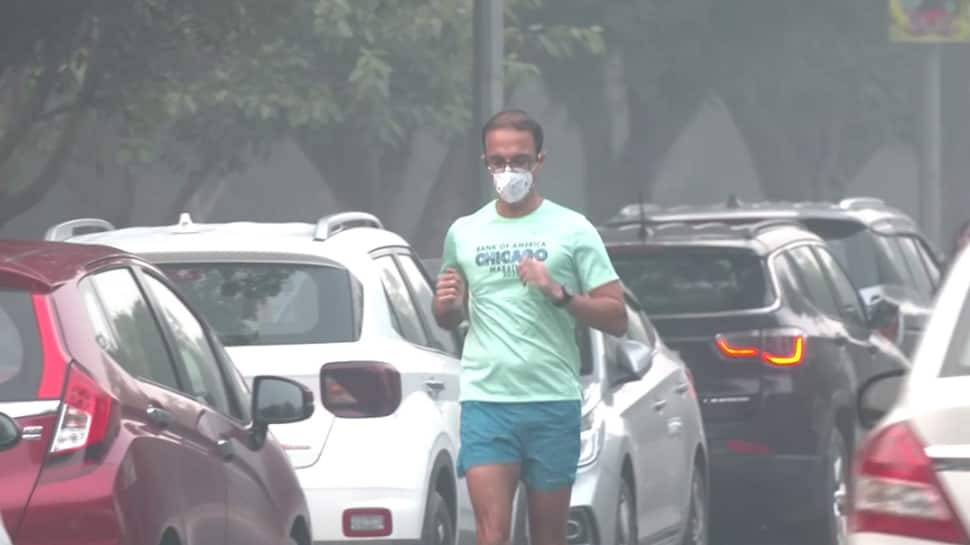New Delhi: Delhi’s air quality worsened to “severe” on Friday as the night temperatures dropped and the wind speed slowed down, leading to accumulation of pollutants. The city’s AQI was 401 at 8 am, indicating a high level of pollution. The AQI levels have been rising gradually in Delhi after a slight improvement on Sunday. The daily average AQI, measured at 4 pm every day, was 390 on Thursday, 394 on Wednesday, 365 on Tuesday, 348 on Monday and 301 on Sunday.
The rise in pollution levels comes after the Centre lifted some of the strict measures, such as a ban on construction work for linear projects and the entry of polluting trucks in Delhi, on Saturday, following a drop in pollution levels due to favourable wind conditions. The neighbouring areas of Ghaziabad (386), Gurugram (321), Greater Noida (345), Noida (344) and Faridabad (410) also recorded “very poor” to “severe” air quality.
The AQI is a number that shows the level of pollution in an area. It ranges from 0 to 500, with 0 to 50 being “good”, 51 to 100 being “satisfactory”, 101 to 200 being “moderate”, 201 to 300 being “poor”, 301 to 400 being “very poor”, 401 to 450 being “severe” and above 450 being “severe-plus”.
According to the air quality early warning system developed by the IITM in Pune, the pollution levels are likely to remain in the “very poor” to “severe” categories in the next five to six days.
Data from a joint project by the Delhi government and the IIT Kanpur revealed that vehicle emissions were the main source of Delhi’s air pollution on Thursday, contributing about 38 per cent.
Secondary inorganic aerosols, which are particles such as sulfate and nitrate that are formed in the air due to the interaction of gases and particles from sources like power plants, refineries and vehicles, were the second major source of Delhi’s foul air, contributing 25 to 35 per cent of the air pollution in the city over the last few days.
Biomass burning, including the burning of paddy straw after harvesting in the neighbouring states, contributed 21 per cent to the capital’s air pollution on Wednesday.
Last week, the air quality in Delhi improved significantly, and the CAQM, the commission that oversees air quality management, lifted the restrictions that were imposed under GRAP 4, which banned trucks and buses that run on BS-3 and BS-4 petrol and diesel from entering the city and stopped construction activities.
However, the Supreme Court, on Tuesday, last week, suggested that the farmers who burn stubble, which contributes to air pollution, should be denied the MSP benefits, which are the minimum prices guaranteed by the government for their crops. The court made this remark while hearing a plea related to the rising air pollution in Delhi-NCR.
















